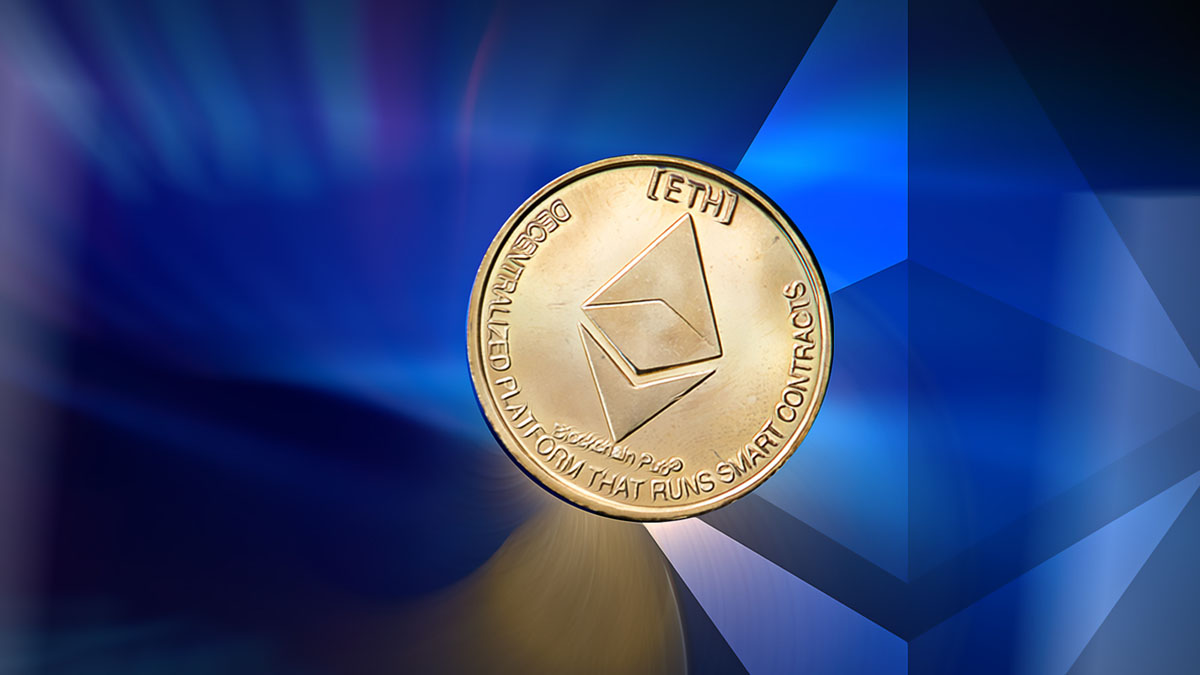Ethereum (ETH) is currently positioned to potentially gain against Bitcoin (BTC) in the coming weeks, based on technical indicators and momentum observed in the ETH/BTC pair. A key factor behind this potential rally is the descending wedge formation evident on the charts, which is traditionally recognized as a bullish reversal pattern that activates upon a breakout above the upper trend line followed by a rise equivalent to the maximum distance between the wedge’s trend lines.
As of December 22, the ETH/BTC pair is trading within a similar formation, anticipating a breakout above the upper trend line. Should the breakout occur, the pair could ascend to the 0.056-0.059 region by the new year, marking a 6% to 13% increase from current levels.
However, experienced trader Peter Brandt challenges this bullish outlook, suggesting that the descending wedge could be a bearish descending triangle instead. Descending triangles are continuation patterns in downtrends, and ETH/BTC has been in a bearish trend for the last 15 months. Brandt argues that a breakdown below the lower trend line of the wedge could push the pair down by 8.5% to a level of 0.044.
Longer-term charts suggest a possible recovery in the first quarter of 2024. An example of this is the divergence between Ethereum’s price, which is forming lower highs, and the Relative Strength Index (RSI) on the weekly chart, which is showing deeper lows, indicating a bullish divergence. This inconsistency hints at weakening downward momentum and the potential for an upcoming bullish reversal.
Moreover, the price is currently near a confluence of support, including a multi-year rising trend line and the 0.048 to 0.052 support zone. This area could limit the downside for ETH/BTC in the coming weeks, potentially allowing a recovery towards the 200-week EMA (blue wave) around 0.057 by the new year, which aligns with the aforementioned descending wedge target.
Conversely, if bears manage to push Ethereum’s price below the support level, it risks falling to 0.036, a historically significant resistance level between August 2018 and September 2020.













